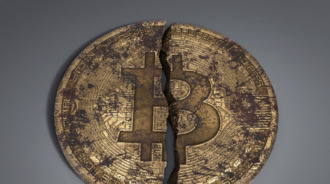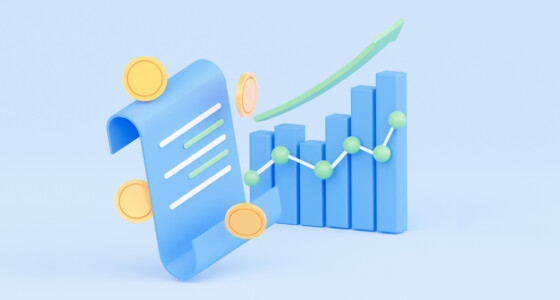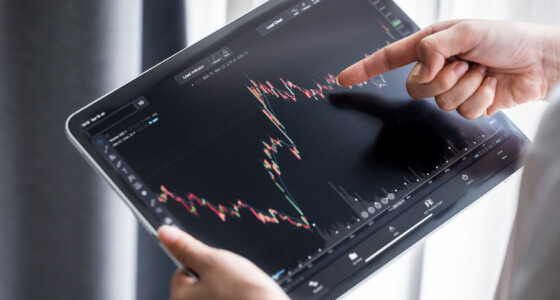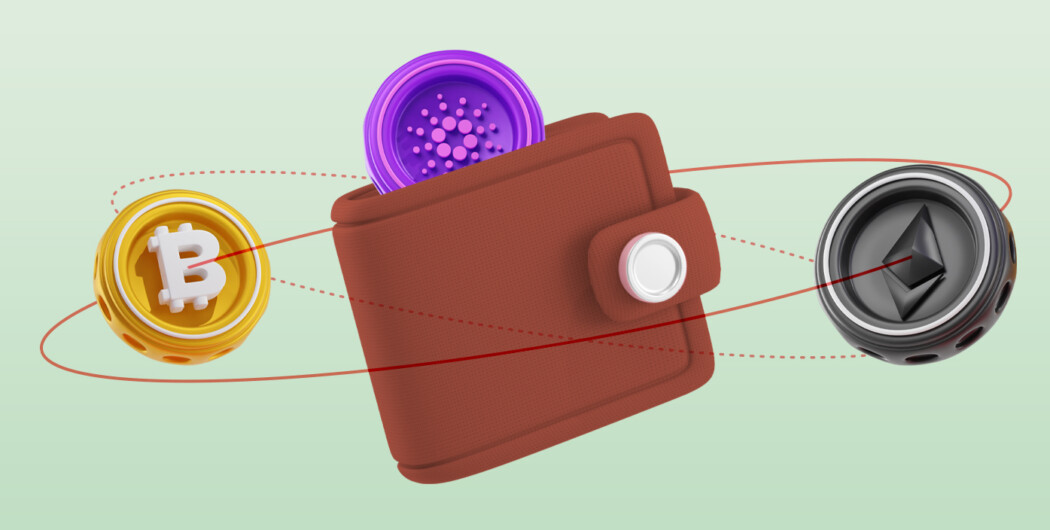

Choosing a cryptocurrency wallet can make all the difference in the profit of your investments, just like choosing a business partner. For example, Ben Chestnut and Dan Kurzius, who founded Mailchimp, wouldn’t make it without their CFO Tom Camps. Chestnut focused on product development, Kurzius handled the business side of things, but Camps was the one who brought in the financial expertise and experience to help the company scale and grow.
By the way, under the trio’s leadership, Mailchimp made a bold move in 2018 and gave its employees unlimited vacation time. Perhaps it was a result of having a well-rounded team. And while trading is more of a solo project, the tools and services you use essentially become your business partners.
“Your crypto wallet is the most important tool you have to protect your cryptocurrency holdings. Take your time to research different wallets and choose one that meets your specific needs and provides the level of security you need to protect your cryptocurrency assets.”
Andreas Antonopoulos, cryptocurrency expert and author
Here is a 10-step plan on how to choose a crypto wallet:
1. Identify your needs

Every crypto wallet has its advantages and disadvantages, and therefore, you should consider factors that align with your priorities while selecting a wallet. For example, if you’re going to hold large amounts of crypto for a long time, you’ll want to prioritize security over convenience. Perhaps a hard wallet will be a suitable choice.
But if you’re going to use crypto for trading, your priorities will be different. You’ll need a wallet that is compatible with popular trading platforms and offers seamless integration with them. And you may be less interested in the storage features.
2. Evaluate security features
Selecting the most reliable crypto wallet is in your best interest regardless of the type of trader you are. Firstly, look for a wallet that offers two-factor authentication. This will provide an extra layer of security through a fingerprint scan or a security token.
Another important feature to consider is encryption. Look for a service that uses industry-standard encryption techniques, such as 256-bit AES. You should also look into multiple signatures and address whitelisting. These help address transaction security concerns.
3. Consider cost
While many crypto wallets are free to download and use, there may be some costs to consider. Some wallets charge a transaction fee for sending or receiving crypto. Some set a fee for access to premium features like advanced security options or customer support. You may come across a flat fee for account maintenance, or the service may require users to maintain a minimum balance to use the wallet. It all depends on the service.
When evaluating the potential costs, it’s important to consider both the immediate and long-term costs. While a wallet may be free initially, it may end up being more expensive in the long run if it charges high transaction fees or requires users to pay for premium features.

4. Look for multi-currency support
Multi-currency support is particularly important if you plan to buy multiple cryptocurrencies. As a trader, you probably don’t want to be limited to a wallet that only supports one or two types of digital assets. Overall, the ability to manage all of your crypto assets in one place is a real time-saver.
Also, look for a wallet with built-in currency conversion tools. Otherwise, you’ll be required to convert your crypto to a specific format or denomination, which is not only time-consuming but also costly.
5. Consider user experience
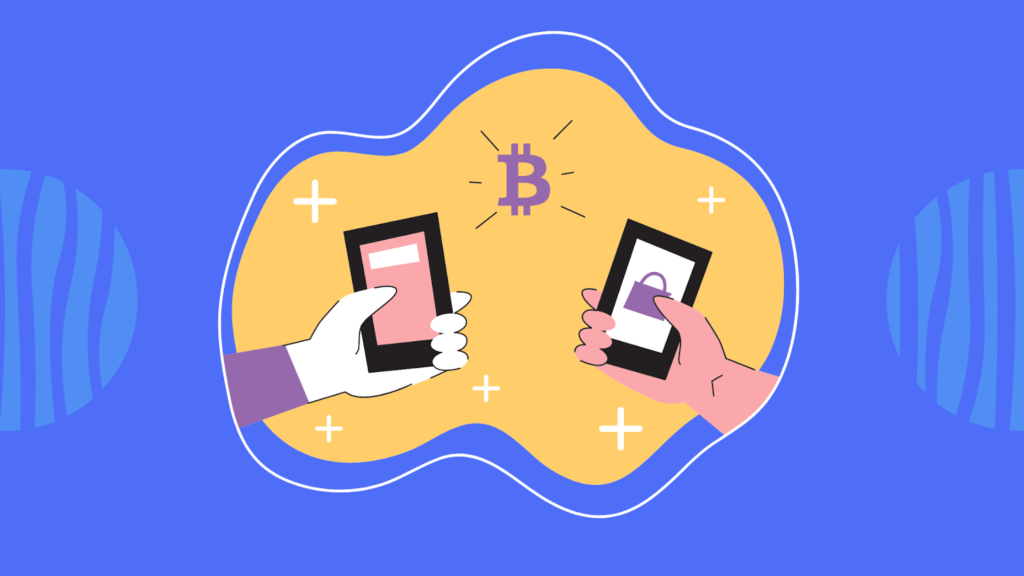
When evaluating the user experience of a crypto wallet, consider ease of use, accessibility, and customization options. For example, some wallets offer an interface that simplifies the process of sending and receiving crypto. Other wallets are more detailed and offer advanced features for experienced users.
Additionally, consider whether the wallet supports different languages and has other accessibility features that may be important for you. As for customization options, that’s also up to you. Perhaps you want to personalize your wallet with custom themes or icons or configure notifications.
6. Factor in mobile accessibility
More people start using their smartphones to manage their finances. And so you may want to manage your crypto assets on the go, too.
Look for a mobile wallet that has a streamlined transaction process and simple navigation. Additionally, some wallets offer QR code scanning for easy transaction initiation. It’s also important to choose a wallet that is compatible with both iOS and Android devices and allows for syncing between devices. This way, you’ll be able to access your crypto assets from multiple devices.
7. Research customer support
Start by looking for reviews from other users online. This will give you a good sense of how responsive and helpful the support team is and whether other users have had positive experiences resolving their issues. The website should also give you some insight into whether there will be timely and accessible support — ideally, you want 24/7 live chat.
8. Look for integration with other services
If you’re using a crypto trading platform, look for a wallet that seamlessly integrates with that platform. This will help you easily transfer funds between your wallet and the platform and access additional features that are only available through the integration. Similarly, if you use other financial services or apps, like a budgeting app or online banking platform, wallet integrations will save you time and hassle.
9. Consider the wallet’s development community
A strong development community is a valuable asset for a crypto wallet. In many cases, it ensures that the wallet remains up-to-date and secure and that new features and improvements are added to the service. A robust community also provides support and resources for users, as well as opportunities for collaboration and innovation.
Look at the wallet’s open-source code and check for regular updates and contributions from a diverse group of developers. If you see lots of activity, it’s a good sign that the wallet is well-supported and reliable.
10. Take your time
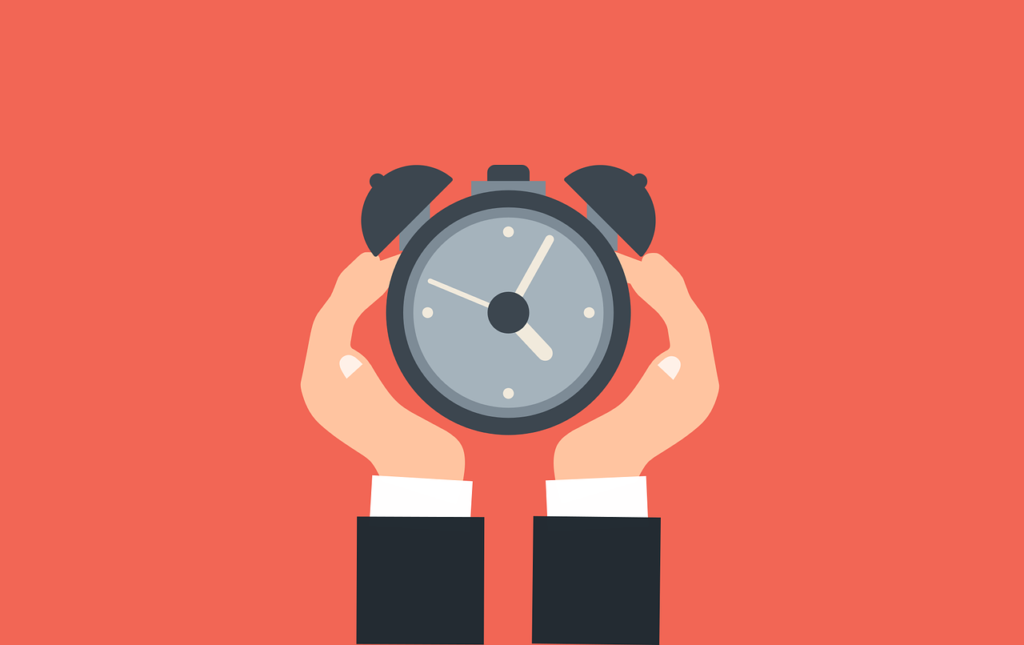
Why rush into a decision? Doing your research, comparing different wallet options, and considering the features offered by different wallet providers takes time. And you don’t want to skip any of the steps discussed above.
If you’re not careful with your choice, you may end up with a wallet that is easily hackable, doesn’t support your needs, or simply doesn’t work properly. Moreover, if you choose a wallet with bad support or reputation, you face the risk of losing access to your funds altogether. You probably wouldn’t open a bank account at a sketchy establishment, so you shouldn’t take a chance with a wallet that contains unrecoverable crypto funds.
To wrap things up, don’t compromise on the security of your cryptocurrency holdings — invest in the best crypto wallet for your needs.
Sources:
Cryptocurrency Wallet: What It Is, How It Works, Types, Security, Investopedia
The Beginner’s Guide to Crypto Wallets, Security.org
